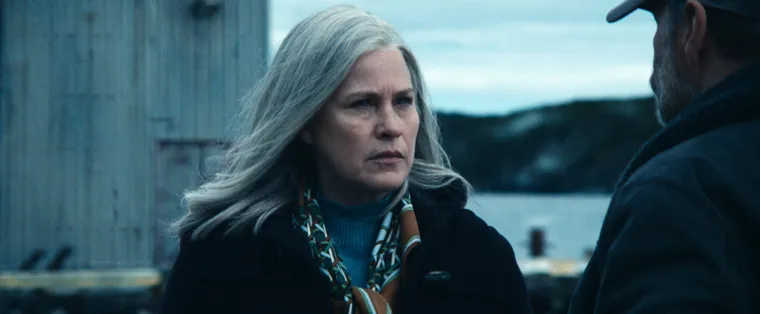To be a book-reading fan of genre television in the 80s and 90s was to wish fervently for something, anything, to give you more than a soupçon of that “what happens in chapter 1 is still remembered in chapter 8” energy. While there were shows with some sense of continuity, most of them were cop or lawyer shows that fused some soap opera DNA into its makeup. The rest were essentially explicit soap operas; Dynasty, Dallas, stuff like that. Television wasn’t bereft of shows with memories that extended beyond the boundaries of a single episode, but it was rare. Rarer still, unfortunately, in most genre shows of the era.
Why was that? Syndication, mostly. Before streaming, the only way you got to see shows that were no longer being made was if they got picked up by one syndicator or another to be run daily at some odd, low-cost hour of the day. The thing about syndication was that syndicators didn’t want to have to air episodes in any particular order. Since their audience was people who just happened to be bored at 3pm on a random Tuesday, they didn’t want them to feel alienated by the concern that they’d missed something on Monday. Unless a show’s first-run audience was made up of semi-soap watchers, the best thing a series could do was claw their way to that 100th episode in a way that would let Ye Olde Television Syndicator scatter the episodes people seemed to like the most across their daily schedule.
That meant people like me had to console ourselves with the meagerest of continuity scraps, like getting overly excited when Star Trek: The Next Generation’s Captain Picard played the flute from Season 5, Episode 25 (“The Inner Light”) again in Season 6, Episode 19 (“Lessons”). Otherwise, everything in shows was subject to what became known as the Reset Button: whatever earth-shaking, character-changing events seemed to be occurring, they’d fully resolve, and everything would go back to normal by the end of the episode.
By the 90s, Syndicators be damned, The People were demanding more than what could fit into a single episode. The People wanted story. Real story, story that you could see play out across episodes, across seasons. The reset button had to be banished before it stole more of our beautiful character-evolving moments. In response, the writers who wanted the same were given more and more freedom to give The People just that.
Looking back on that now from 2025, after decades spent at the most extreme end of the episodic-to-serialized storytelling spectrum, it’s hard to see that quest for continuity as anything other than cursed. We asked, and the monkey’s paw damn well curled.
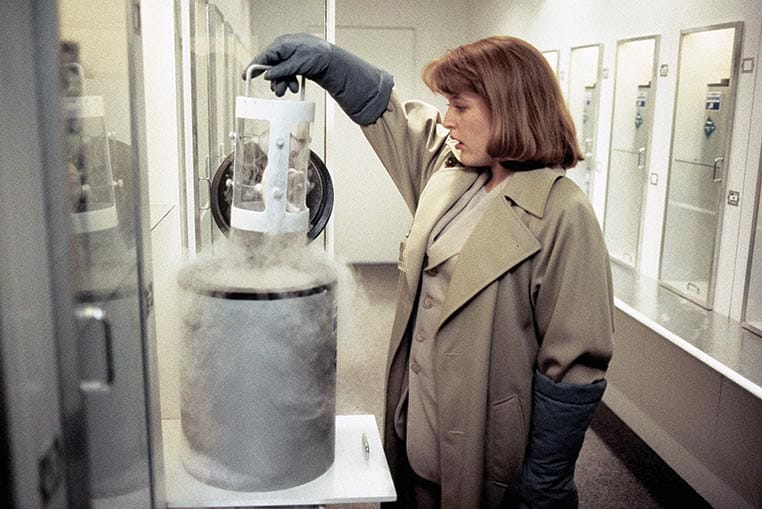
I’m not here to wade into the debate over episodic vs. serialized writing, at least not directly. There’s a lot to discuss there, certainly, but it’s well covered and not what’s on my mind. Instead, this is a story of what succeeding in the battle for continuity has done to us as television viewers and critics. You could say that the last twenty years of television represented victories beyond our wildest dreams of plot-driven television. It’s now expected that an episode will not just add to continuity, but to push the plot forward, and it’s in that expectation that we’ve been cursed. Having changes echo out beyond the boundaries of an episode is no longer enough. We demand forward movement, we demand answers, we demand a progress bar that we can see fill, episode by episode.
Victory, as Bane said, has defeated us.
Thoughout the 90s, the push and pull between story development and the demands of studios for shows to be friendly to any audience member jumping on at any point was fierce and chaotic. Different shows handled the fight in different ways. The X-Files pushed the things that affected continuity — the mytharc, as that show called it — into specific episodes, and mostly allowed the rest of the show to play out as a procedural. Star Trek: Deep Space Nine performed sleight of hand for much of its early run, playacting individual episodes as self-contained while expanding our understanding of the larger canvas if you watched week to week. Babylon 5 used its low budget and placement on a third-rate syndication platform to give it the freedom to go all in on a long-term, planned story. And Buffy the Vampire Slayer hung its story development around the threat posed by season-long “big bad” villains.
In every case, though, the tension between the standard episodic demands of television and viewers’ increasing clamoring for novel-like story payoffs drove the decisions around how to pull it all off. Put another way: what television had taught audiences about how to watch shows was still largely in place, but was expanded on by new dynamics. Then, everything changed when The Sopranos attacked.
The rousing success of HBO’s flagship hit was built upon the experimentation and development in the medium that had been hard won by showrunners waging an exhausting war against studio executives. The Sopranos took the shape of a crime epic, a mob film of mob films, allowing its lead to develop, succeed, fail, and revert in that development over the course of seasons. Characters came in and out, always leaving their mark on the world and story. Because audiences were comfortable with the structure of a mob epic, and because the show was on a premium channel unbound by the needs and constraints of network television, The Sopranos was able to take the lessons learned across a decade of sometimes halting progress and bring them to the wider world.
The thing was, though, that The Sopranos, like the shows whose success it was built upon, was made by people with strong backgrounds in the medium. It was structured like television, it just pushed what you could do with that structure farther than was traditional. Its popularity spawned a wave of shows looking to reproduce its success, and the idea of television that told a long-term story became mainstream. It became expected. It became the norm. Decades of hunger for meaningful stories told through the medium of television were finally sated, and even audiences who didn’t know they’d been craving more began to take it for granted that this was how you did things. By the time Lost struck gold with network audiences in 2004, we were off to the races and would not be looking back.
From there, it was only a small hop for the trend to reach its final form: the binge-ready Netflix model. Full seasons of shows dropped at the same moment, with each episode structured more like an hour chopped out of the middle of a 12-hour film than anything else. The point was for things to guide audiences cleanly from one episode to the next, without ever hitting a moment that felt comfortable to stop and reflect. Television became structured, in other words, around seasons, and thus around season plots. After all, why would someone want to binge something without that expectation that the next episode would answer some of those juicy questions posed by the one that just ended?
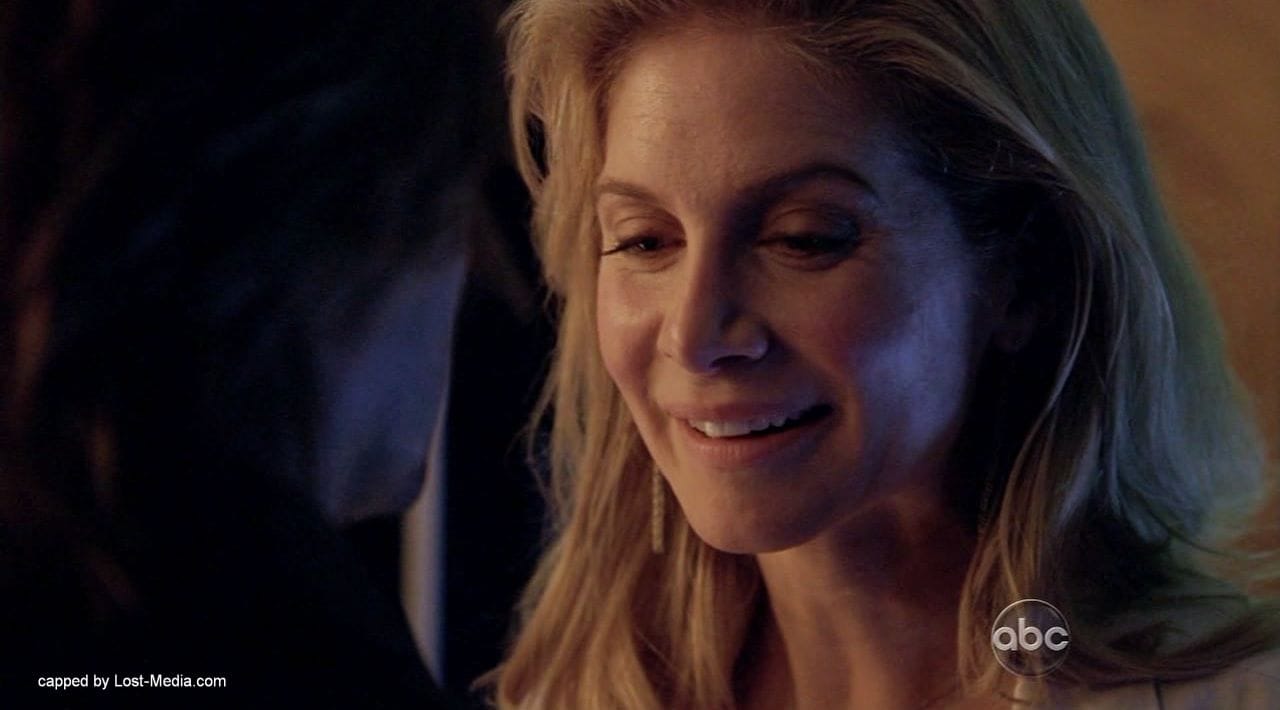
The signs that this was going off the rails almost as soon as it began were obvious as the first wave of shows came to an end. Both The Sopranos and Lost became the target of fan anger for how they concluded. Frustration with Lost had been building for some time, driven almost entirely by the demand for answers to its mysteries. While those answers did come, they were deemed unsatisfactory, and became the only criteria for which we, as viewers, should use for judging success. The Sopranos had a more focused, and thus more troubling, version of this. The final scene committed the sin of ending without explicitly telling us if Tony was about to be killed, arrested, or allowed to finish his dinner with this family in peace. That’s basically it. It ended with a paranoid Tony wondering when the axe would fall, without the axe falling or being revealed to not exist.
As the television landscape shifted into heavier and heavier serialization of mystery plots and big reveals, the lesson audiences seem to have learned was that shows exist to Keep Things Moving. Television episodes were chapters of a book, and every chapter was part of the plot. Ironically, shows that gave audiences what they wanted often did it in opposition to the way the novels they were based on told those same stories. Where A Song of Ice and Fire had chapters based around a single character’s point of view, Game of Thrones felt a compulsion to check in with every single character every single week, to ensure the Plot Kept Progressing for audiences.
Those early successes in bringing meaningful story progression to television taught audiences, studios, and even new television writers that the goal of a show is to keep its eyes on the plot. It not only taught those people that the plot was the point of a show, but to look for mysteries and unrevealed secrets where none existed. Every year on Mad Men, fans would theorize that Bob Benson was secretly FBI, or that Don Draper was secretly D.B. Cooper, or that the stylized opening was foreshadowing Draper’s eventual suicide. No moments existed to communicate theme, or character, or mood. They were either questions or the answers to those questions, and if neither could be detected, the show was wasting time.
This problem has only escalated since. The Bear’s first season was a focused look at the pressures of a small restaurant kitchen, and it did such a good job of it, that when the show played that thread out and moved on to more ambitious goals, it was criticized as being plotless or, worse, pretentious. For the entire second season of Severance, audiences invented mysteries that didn’t exist, setting themselves up for disappointment when an answer to an unasked question didn’t arrive. Severance, like the last three seasons of The Bear, decided that it simply wouldn’t be interesting over the long term if it existed only to burn through plot. Both decided to spend time in smaller moments to develop the characters and themes, and to structure themselves around more focused episodic stories to give space for those to happen. Both have been punished for it by audiences who see the very concept of an episode that isn’t doing Plot as self-important wankery.
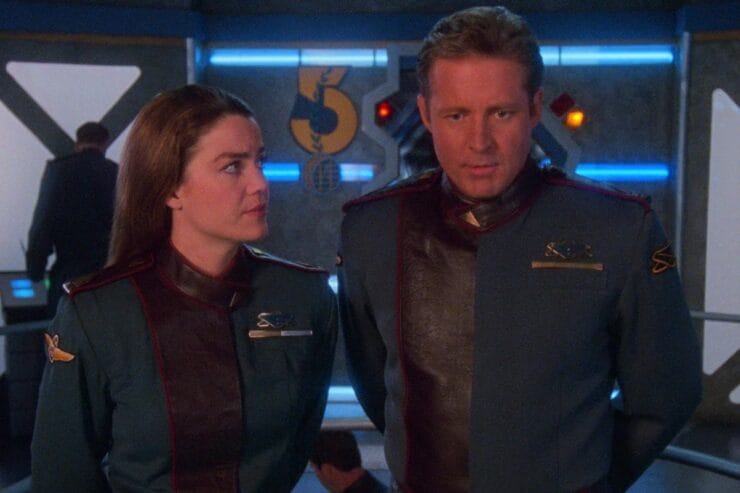
When we were demanding deeper stories and for the consequences of episodes to influence the future direction of the show, it wasn’t to turn shows into plot delivery machines. Those early waves of shows were beloved for the balances they found. People wanted more of one thing, not less of another. Prying the reset button out of showrunners’ hands didn’t have to mean abandoning all time spent doing things that didn’t fundamentally change the show. Series shouldn’t waste time without building the story they’re telling, but forward motion isn’t just about changing characters. It can be about changing our perception of those characters by seeing how they respond to a new situation. It can be adding complexity to a situation that formerly seemed simple. When a series is criticized for spending time experimenting with new formats, or devoting time to themes over plot, it tells writers and executives that the goal of art is Doing Things.
For most of television, the restrictions around when writers could change the status quo cut off one of storytelling’s most potent tools. Fighting against prioritizing a serializer’s right to shuffle episode order at will was the right battle, and winning it was vital to allowing television to achieve its full potential. There was a point in the late 90s where the balance needed felt within our grasp, because you could have a heavily arc-ed show like Babylon 5 side-by-side with the less rigorously plot-driven Buffy the Vampire Slayer. The pendulum, alas, kept swinging. That’s what pendulums do, I suppose.
Somewhere in the past 5 years, that pendulum reached its apex on the side of serialization. The loss of the Episode as a fundamental building block of television was the catalyst for things beginning to shift back in the other direction, and writers who demonstrated the power of that atomic structure, as Lindelof did with The Leftovers, finally seemed to exert enough gravity on the cursed pendulum to start the swing back towards balance.
What worries me is that audiences don’t seem to know what accepting that balance means. There’s been enthusiasm for the more purely episodic series that have landed, like Rian Johnson’s Poker Face, but shows that have decided not to drop larger story arcs while shifting their focus to things that aren’t plot movement have had a harder go. The specter of the perceived failures of Lost and Battlestar Galactica are referenced every time a show takes a moment away from answering questions. Even when questions are answered, addressing those questions, not as important to the plot, but to the themes is similarly criticized. When Severance spent an episode following Harmony Cobel’s return to her decaying hometown, and we learned how the core technology was invented, the episode was criticized as pointless. Why? Because there wasn’t a reveal. Because the answer to how severance was invented handed us an emotional truth — it was an invention born from the trauma of exploitation — and not a plot device.
There’s no problem with disliking a show that’s more interested in the small moments between the story reveals, and emotional reverberations of the plot, than it is in setting up and knocking down mysteries. Wanting a more traditional story structure isn’t a sin. The problem is that audiences and, worse, critics don’t seem capable of understanding what the series are doing at all. The critiques aren’t that the show failed to land the emotional or thematic content, but are rooted in the mistaken belief that they’re simply avoiding the plot.
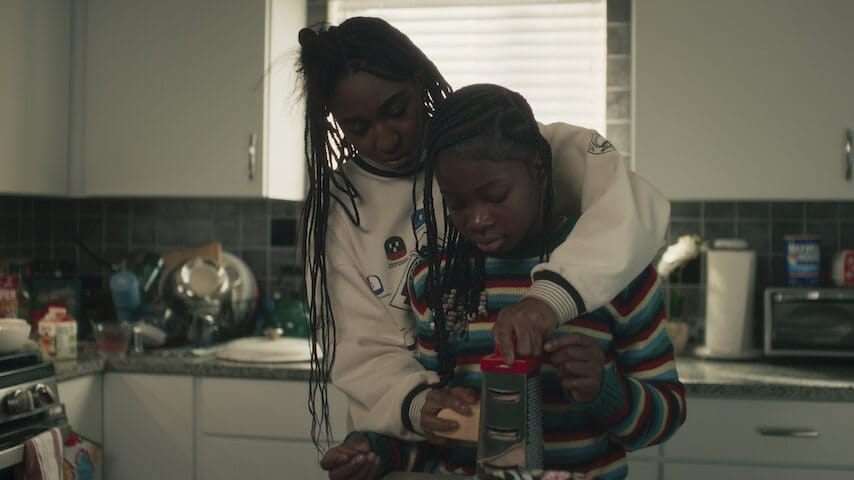
For my part, the recent wave of shows run by people bored with the dour march through plotting has been refreshing. There was a time when I was enthusiastic about shows based entirely around Arcs, because I’d been starved of seeing those stories onscreen for so long. There’s only so long you can ride a pendulum up towards its extreme without falling off, though. I can’t even watch most Netflix shows anymore, because their structures are so tightly yoked to doing plot. Every time a series doesn’t show me most of the cast so that it can keep its focus on one character or idea, I swoon. What I want more than anything is for the medium to have space for everything it’s capable of. That can be a heavily serialized story, but it can also be a series of vignettes in orbit of a plot arc that’s bubbling gently in the background.
I worry that the shows I’m falling in love with are going to be punished back into the tight alleyways of plot progression, whether they like it or not. I fear a final season of The Bear that listens to fan complaints and gives us fewer episodes like “Worms” or “Goodbye”. I grit my teeth as people complain that some of those more focused episodes don’t work as well as others, because I know that you only get a “Forks” or “Napkins” if you’re open to taking swings that don’t work. Television is the perfect format for trying things you may not be able to pull off. Slapping showrunners on the wrists for failing to make every episode be exactly what you want means losing those brightly shining successes. When the only way to placate an audience is to smooth everything out into a flat plot treadmill, we lose the thrill of those unexpected victories.
The pendulum is, indeed, swinging back in the right direction. I don’t know when its cursed momentum will pull us once again beyond the balance between all of the many selves television can be, but I know it’ll come. I guess I need to make peace with that. After all, those same glorious successes I called out also couldn’t happen if writers weren’t pushing back on serialization gone too far. If the stumbles of individual shows, of single episodes, are what make the ground fertile for the meaningful wins, then the same is true of the stumbles of the industry as a whole. We often get the best art in opposition to the expectations of the form. The monkey’s paw will curl again, but the cursed wish fulfillment that follows will likely be what drives the next great wave of change that we need.


